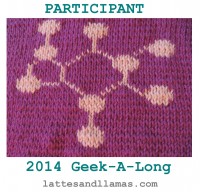Beijing
 Friday morning we took a flight from Xi'an to Beijing. So, we had only half a day's worth of sightseeing in Beijing this day. We stayed at the Peninsula Hotel.
Friday morning we took a flight from Xi'an to Beijing. So, we had only half a day's worth of sightseeing in Beijing this day. We stayed at the Peninsula Hotel.There are areas in Beijing, like the one in the picture, that are modern. Most of what we saw there was ancient. The picture was taken from the bus.
The streets aren't as crowded here as in other cities we visited. Beijing liked the alternate days for cars being on the streets (that it had for the Olympics) so much that it instituted it permanently.
 Our first stop was the bell and drum towers near the old entrance to the Inner City. This is a picture of the old gate (Zhengyangmen, but now called Qianmen) to the Inner City, as taken from inside the Bell Tower. This was the first time in our trip that it was rainy.
Our first stop was the bell and drum towers near the old entrance to the Inner City. This is a picture of the old gate (Zhengyangmen, but now called Qianmen) to the Inner City, as taken from inside the Bell Tower. This was the first time in our trip that it was rainy. Then we took a pedicab tour of a nearby hudong. Here is a view of one of the streets in the hudong. This neighborhood is one that is going to be kept as is instead of making way for high-rises.
Then we took a pedicab tour of a nearby hudong. Here is a view of one of the streets in the hudong. This neighborhood is one that is going to be kept as is instead of making way for high-rises.While there, we also visited a "typical" resident at her home. She was retired, had formerly worked at the tourist bureau, and had visited many countries in Europe and several states in the US. She was also an Obama fan.


















































